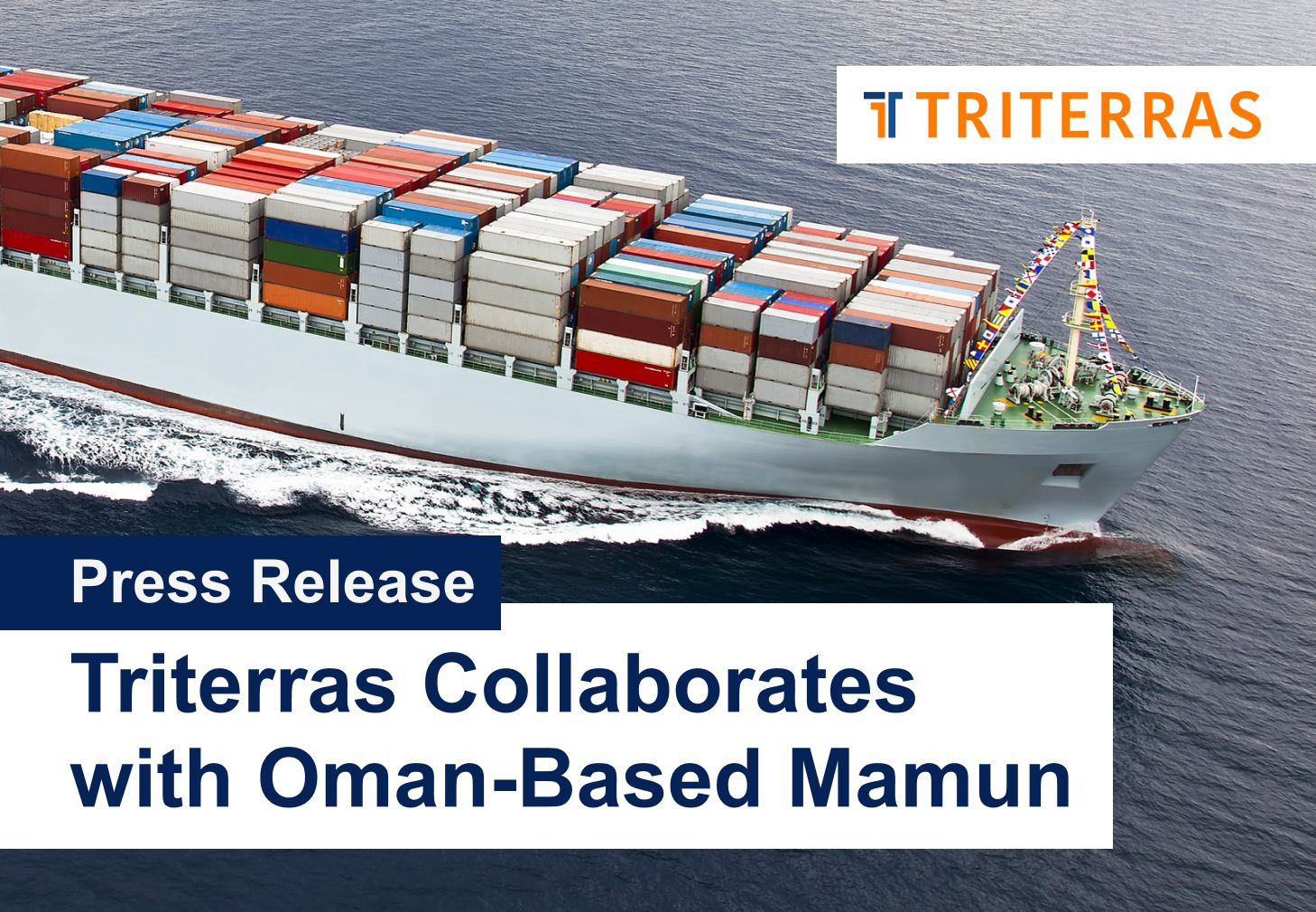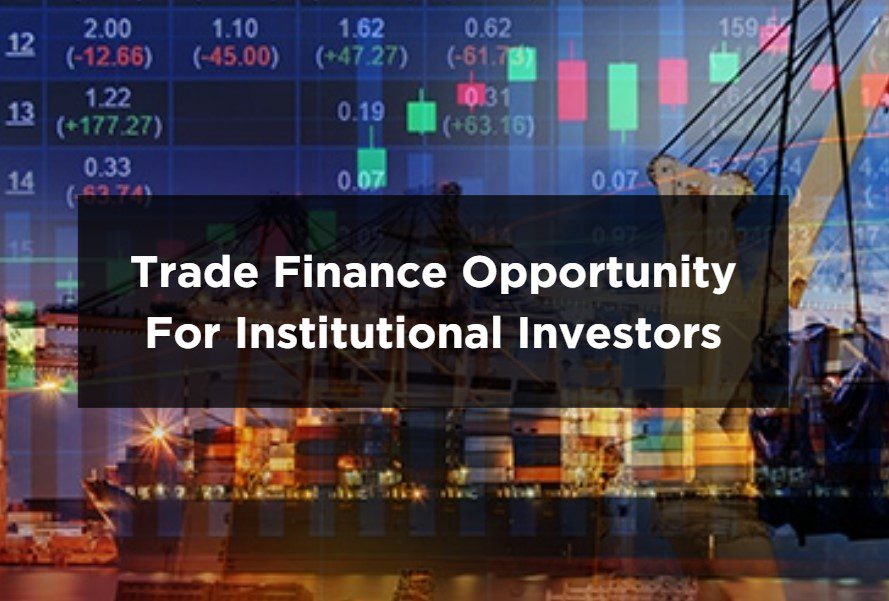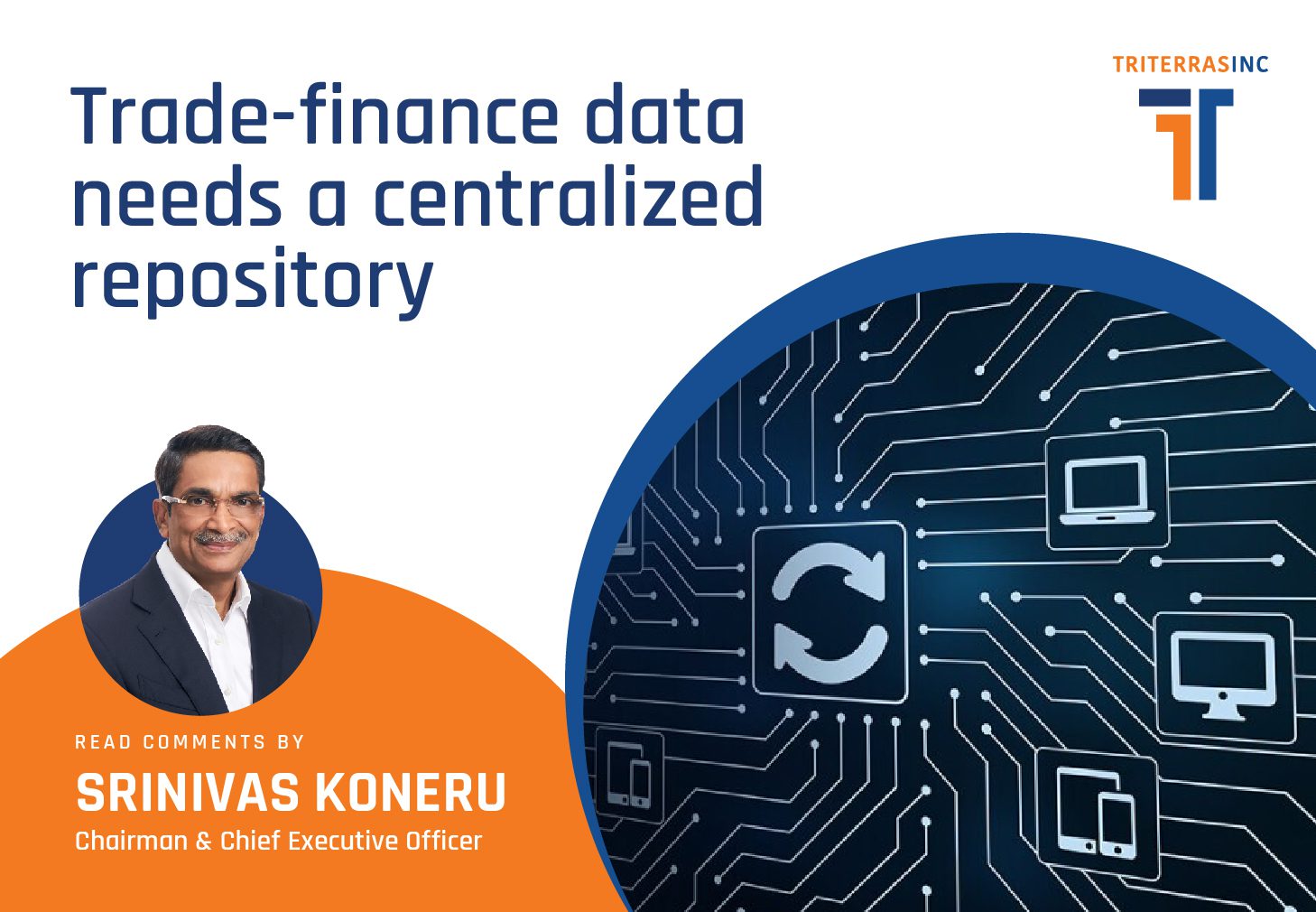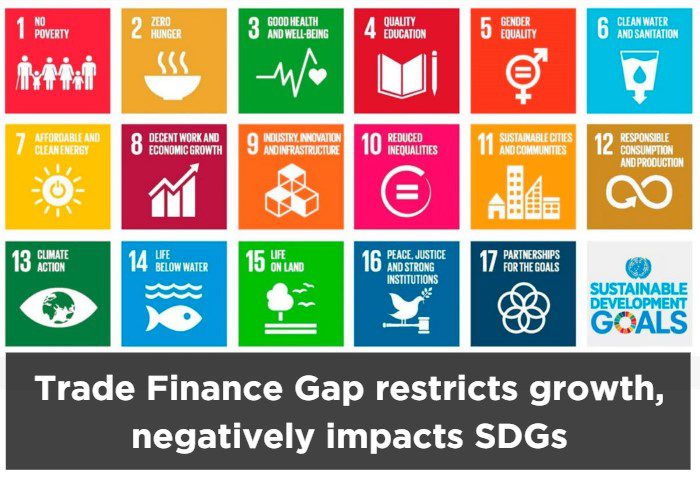Cash flow issues are common for SMEs. Slowing business or a drop in profits can cause cash flow issues. These situations may occur due to factors beyond an SME’s control. However, negligent cash flow management is one of the most common causes of low profits and operational disruptions in an SME. That is why it is essential to know some effective cash flow management strategies that can help SMEs grow and thrive. Before we delve into cash flow management strategies, it would be helpful to learn about the most common causes of cash flow issues in a business venture.
A common mistake SMEs make is thinking too far into the future to build resilience and over-investing in production capacity while not investing sufficiently in marketing and sales. That leads to a situation where sales don’t generate enough revenue to cover investment costs. Furthermore, overstocking without logical demand forecasts ties up working capital and affects cash flow. Another major cause of cash flow issues is allowing too much credit in a bid to acquire and retain customers. This leads to a situation where due to delayed payments, a company cannot clear its bills on time or may miss excellent growth opportunities.
Such situations are common among SMEs and are caused by poor planning and lack of experience. The most common mistakes that SMEs commit regarding cash flow include miscalculating profits, not keeping cash reserves or contingency funds, going on a spending spree and impulsive purchases, staying inactive about receivables and past dues, borrowing money recklessly, and not using a cash flow budget. To begin strategizing your cash flow, the first step you must take is to create cash flow projections, which can help you to measure future financial performance by tracking all receipts and expenses, including regular and irregular spending.
Doing so will help SMEs make informed decisions with updated cash flow statements. Cash flow projections are usually calculated using three formulae: the free cash flow formula: the operating cash flow formula, and the cash flow forecast. Each of these serves a different purpose. Regardless of your knowledge about cash flows and whatever formula you use to make cash flow projections, the following strategies have been found to work well in most situations an SME faces. Though implementation and application and the viability of these strategies vary according to the model and condition of a business, they are instrumental in managing cash flows.
The said strategies include asking clients to make deposits or milestone payments, urging customers to pay faster, delaying payment of bills and other expenses wherever possible as also reducing expenses, negotiating for better payment terms, tight monitoring of cash flows, frequently updating cash flow statements and reviewing them periodically, securing financing on time, restructuring payments, and thoroughly understanding basic accounting principles. These strategies effectively address cash flow management issues and can help SME owners avoid potential mistakes. However, if you are already suffering from cash flow issues, your cash flow strategies must focus on recovery and then on routine operations.
For this, your first strategy should be to secure cash before operations come to a standstill. You can do so by applying for a loan or line of credit or by immediately adjusting your business plans to improve profit margins while striving to find out why cash shortages are happening. Cost control and reducing expenses are also effective cash flow management strategies, for which you need to periodically audit your finances and separate essential costs from those that are non-essential. That is also the time to prioritize sales activities and seek feedback from dissatisfied customers to identify design or product problems that might slow down sales.
Last but not least, you can also consider selling off non-essential assets while firefighting over cash flow issues. At the end of it all, at the core of all your cash flow strategies, you need regular cash flow forecasts to prevent shortfalls and make informed decisions. Following the abovementioned strategies can stabilize your cash flows and ensure a resilient and sustainable business enterprise.



















